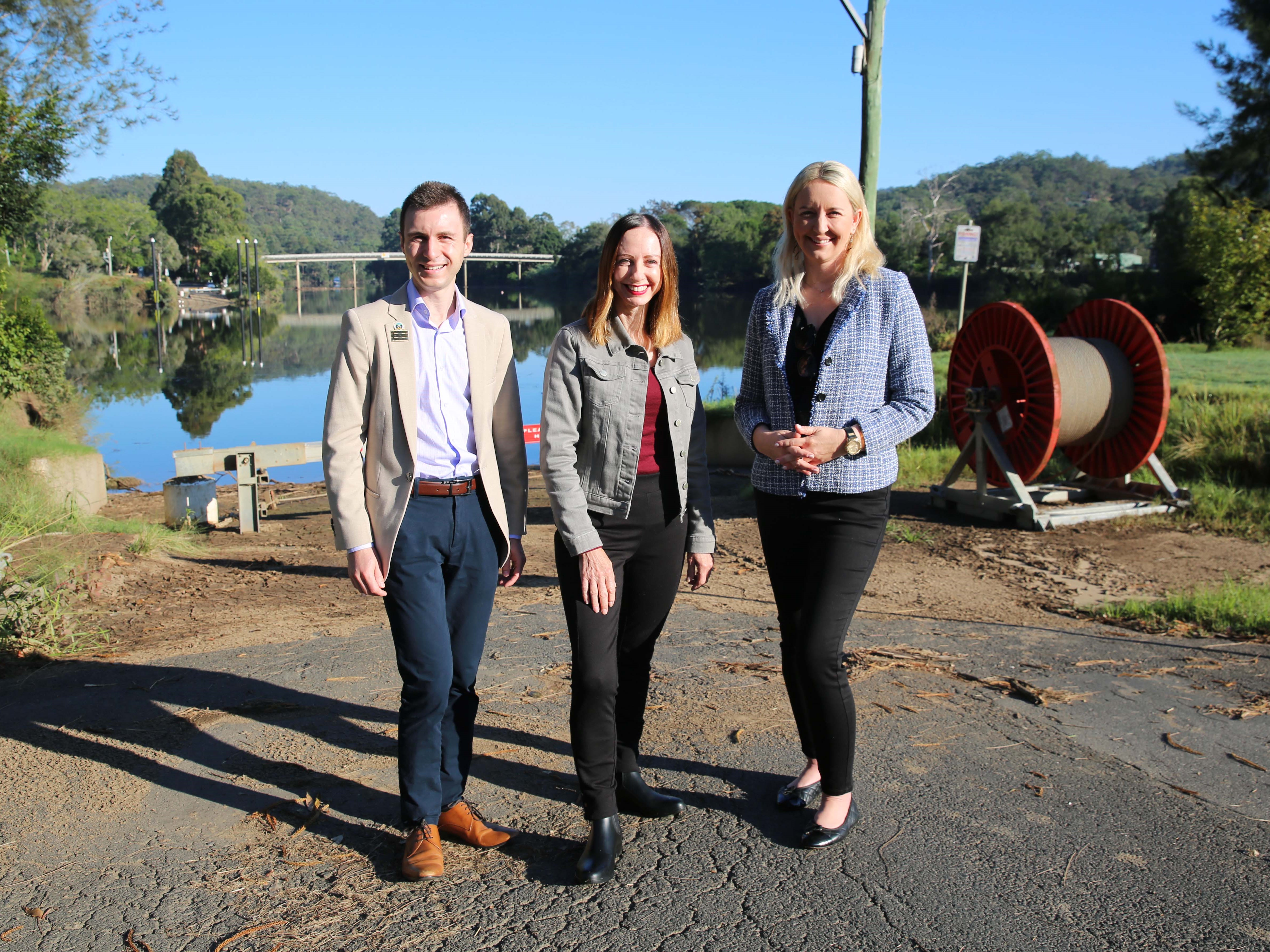In a little over a month, the 26th international Conference of Parties (COP) will meet – either in person or perhaps virtually – in Glasgow, Scotland. All eyes will be on this event, as it represents more than 200 countries, businesses, NGOs, faith groups, and others.
Emma Peterson
Policy Manager, ClimateWorks Australia, Monash University
Anna Malos
Policy Manager, ClimateWorks Australia
Meg Argyriou
Head of International programs, ClimateWorks Australia, Monash University
Anita Foerster
Senior Lecturer, Business Law and Taxation, Monash University
The summit’s purpose? To accelerate action towards the goals of the 2015 Paris Agreement and the UN Framework Convention on Climate Change.
Which makes the recent release of a report on global climate change ambition particularly relevant.
Prepared by the Institute for Sustainable Development and International Relations (IDDRI), the Climate Ambition Beyond Emission Numbers – Taking Stock of Progress by Looking Inside Countries and Sectors Report takes a holistic look at the range of technical, economic, political, social and governance considerations that individual countries must consider to enable necessary systemic transformation.
It covers 22 countries and regions, and includes a chapter on Australia, written by ClimateWorks Australia.

The Australia chapter offers a rare breadth of coverage. Including information on politics, the Australian domestic conversation, and climate change governance and actions, it not only offers a valuable assessment of our climate ambition, it also highlights where we now must go.
The major themes of Australian climate ambition since the Paris negotiations in 2015 include increased momentum to act from the private sector, coupled with international pressures, renewed Australian public support for climate action, and contrasts of ambition from government at the federal (low) and state levels (higher).
The highs and lows of Australian climate ambition
There’s distinct polarisation on climate change issues between the two major political parties at the federal level. The Coalition of the Liberal and National parties has been in power for seven years. During this time, Australia signed the Paris Agreement and committed to an emissions reduction target of 26-28% on 2005 levels by 2030.
It’s not yet on track to meet this target, although the government projects existing climate policy – including the Emissions Reduction Fund and the Technology Investment Roadmap – may right this course.
This interim target and lack of a long-term net zero emissions target are inconsistent with the temperature goal of the Paris Agreement, and stronger policy action at the federal level is needed.
The polarisation that exists at the federal level is considerably less noticeable at the state level. Even with a wide range of governing political parties or coalitions at the state and territory level, all have set net zero by 2050 targets (or earlier).
For example, New South Wales, Tasmania and South Australia all have Liberal or Coalition governments, and have emission reduction and renewable energy policies that are significantly more ambitious than those at the federal level.
Australia already has several existing institutions or frameworks it could make the most of to improve climate ambition.
For example, the Safeguard Mechanism (currently under review) could be updated to enable further emissions reductions to be realised. Similarly, the Emissions Reduction Fund, Low Emissions Roadmap, Clean Energy Finance Corporation, and the Australian Renewable Energy Agency could all be strengthened.
It’s important these mechanisms are used to support not only the transition of existing industry, but also the opportunities Australia has to become a world leader in emerging low-carbon industries and products such as green steel.

Getting down to business
The Australian corporate sector is stepping up, with net zero targets becoming normalised in recent years, despite national policy prevarication.
This shift reflects growing expectations regarding corporate climate risk management from investors and lenders, driven by tightening corporate law and financial regulation frameworks (including the adoption of recommendations by the Task Force for Climate-Related Disclosures) and increased litigation risk.
Investor and public scrutiny is shifting to expect short- to medium-term commitments in addition to long-term mid-century net zero targets. A significant portion of Australia’s private capital is now shaped by climate targets.
Several major Australian pension investment funds recently set net zero by 2050 targets across their entire portfolios. Many investors and lenders, including Australia’s biggest four banks, have targets to divest from thermal coal by 2030.
There’s also a stick to our carrot incentives for a net zero transition – the export of carbon-intensive resources is a substantial part of the Australian economy, and Australia’s exported fossil fuel CO₂ potential is more than double total domestic emissions.
Trade partners – for example China, South Korea, and Japan – are setting mid-century net zero targets, and the future for Australia’s carbon-intensive exports appears bleak.
To counter this trend, Australia should make the most of some of the best renewable energy resources in the world, and become a significant net exporter of clean energy – either converted into green hydrogen for export, or perhaps directly to countries via undersea transmission cables.
The people speak
Public opinion is resoundingly in favour of stronger government action on climate change. Following the 2019-20 bushfires, a poll found 72% of Australians viewed the fires as a wake-up call on the impacts of climate change. Recent polling revealed two-thirds of voters think the government should be doing more to address climate change, with many seeing this as the most important issue at the next election.
This support is also evidenced by the hundreds of thousands of Australians who attended the 2019 school strike for climate rallies, and a shift in media rhetoric and attention on the issue.
The response to the COVID pandemic has heightened discussion about opportunities to pair economic recovery with climate ambition, although economic setbacks have been less severe than in other parts of the world. The federal government has focused on protecting incomes for individuals and businesses while largely ignoring the significant potential benefit of green stimulus.
What Australia needs now
While the Institute for Sustainable Development and International Relations report’s focus is clearly on Glasgow, it offers an equally timely lesson closer to home.
Australia is due a federal election by mid-2022, with the potential to be pivotal on climate action. Increased climate ambition is expected if the election results in either a change of party or a significantly greater majority for the current Coalition government, meaning it could navigate internal divisions on this issue.
Our current national ambition on climate change has drawn criticism both internationally and at home. Now is the time to make the most of momentum and action from the private sector and leadership at the state level, to drive for increased national action.
The basic stepping stones are there. What’s needed now is an ambitious federal government to build the bridge.
The full report is available to read or download here.







